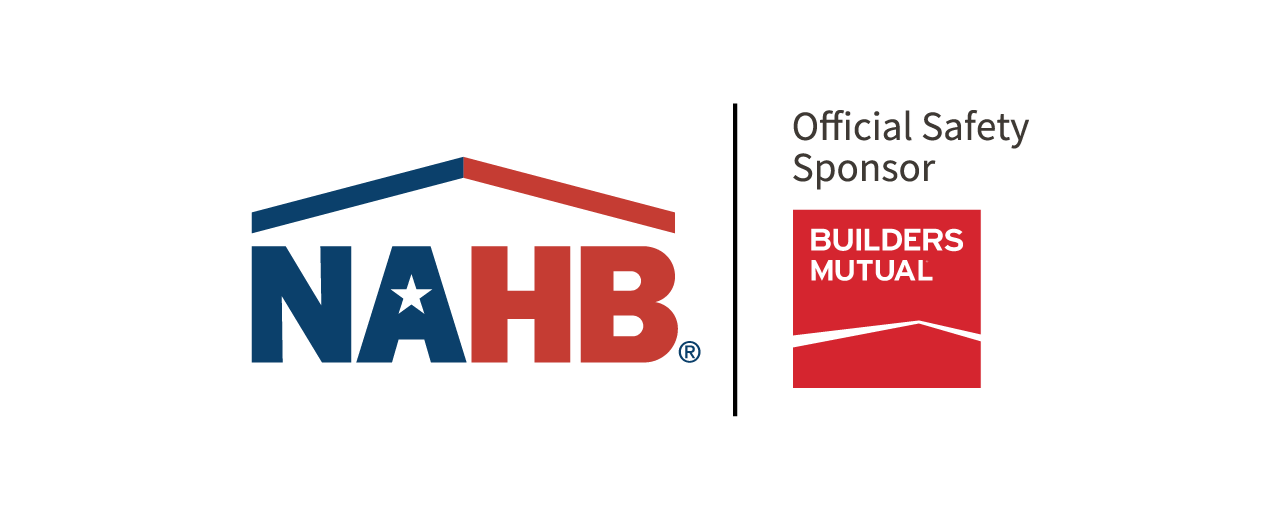NAHB Calls for Clear, Flexible Guidelines in OSHA Heat Standard
On Jan. 14, NAHB submitted comments in response to OSHA’s proposed rulemaking to establish the first federal standard for preventing heat-related injuries and illnesses for both indoor and outdoor work settings. NAHB also joined as members of the Construction Industry Safety Coalition and Coalition for Workplace Safety in their responses to the agency.
As written, the standard would apply to all employers conducting outdoor and indoor work in all general industry, construction, maritime and agriculture sectors, with some exceptions. In its response, NAHB argued the agency’s one-size-fits-all approach to prevent heat injury and illness prevention does not consider the unique needs of these different industries.
Specifically, NAHB expressed concerns over applying the same heat triggers nationwide, as well as the proposal’s overly prescriptive requirements, such as mandatory rest breaks and acclimatization procedures.
Instead, NAHB advocated for guidance that allows employers to tailor their heat injury and illness prevention programs to fit the needs of their employees, the size of their businesses and the areas in which they work.
NAHB also discussed the impact the rulemaking would have on housing affordability and the critical workforce shortage in construction. Using data collected from the November 2024 NAHB/Wells Fargo Housing Market Index, survey respondents noted the following when asked about the impact of the proposal:
- 75% indicated the requirements would create delays or difficulty completing projects on time
- 69% stated they would raise home prices
- 53% stated they would have difficulty hiring subcontractors, while 32% stated the requirements would make it more difficult to hire construction employees
- 37% stated some projects would be unprofitable
- 31% stated the requirements would cause their businesses to turn down projects they would otherwise accept
Additionally, OSHA recently announced a fully virtual informal public hearing, where interested organizations and individuals can provide testimony and evidence to provide the agency with the best available evidence to use in developing a final rule. The hearing will take place on June 16, 2025.
NAHB will continue to follow the rulemaking process and provide updates. Even without a nationwide standard in place, employers still have a duty to protect their employees working in extreme temperatures. NAHB has created resources for working in both hot and cold environments, including video toolbox talks on heat stress and cold stress, as well as a Heat Stress Safety Toolkit.

Latest from NAHBNow
Dec 24, 2025
10 Ways to Turn Your Business Into a Lean, Mean Building MachineMyriad industry challenges are adding time and cost to home building projects. But with the right technology, you can better anticipate and manage those challenges to help optimize your business' performance and profits.
Dec 23, 2025
The 5 Types of Builders — and the One Built to ProsperMost builders want the same things: predictable profits, less stress, and a business that doesn’t grind them down year after year.
Latest Economic News
Dec 22, 2025
State-Level Employment Situation: September 2025In September 2025, nonfarm payroll employment was largely unchanged across states on a monthly basis, with a limited number of states seeing statistically significant increases or decreases. This reflects generally stable job counts across states despite broader labor market fluctuations. The data were impacted by collection delays due to the federal government shutdown.
Dec 19, 2025
Existing Home Sales Edge Higher in NovemberExisting home sales rose for the third consecutive month in November as lower mortgage rates continued to boost home sales, according to the National Association of Realtors (NAR). However, the increase remained modest as mortgage rates still stayed above 6% while down from recent highs. The weakening job market also weighed on buyer activity.
Dec 18, 2025
Lumber Capacity Lower Midway Through 2025Sawmill production has remained essentially flat over the past two years, according to the Federal Reserve G.17 Industrial Production report. This most recent data release contained an annual revision, which resulted in higher estimates for both production and capacity in U.S. sawmills.
